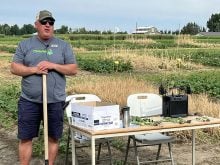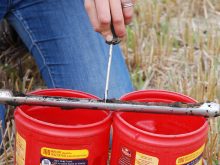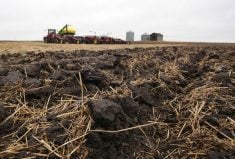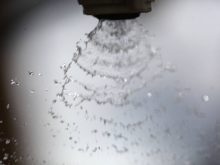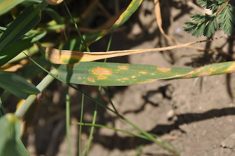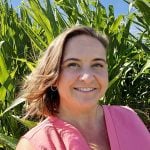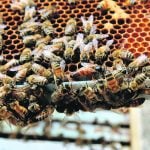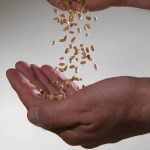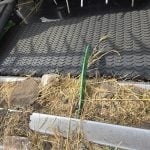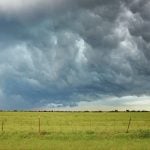Henry Chau with the Lethbridge Research and Development Centre opened up his tool box for measuring soil health during a Farming Smarter field school tour in June.
Several agricultural stakeholders were on hand for the presentation on a plot near Lethbridge, and a wide variety of viewpoints were shared about what soil health actually means.
Some said it is a misused or misunderstood term, taking on an almost negative quality in the bridge between environment and agri-business.
Read Also
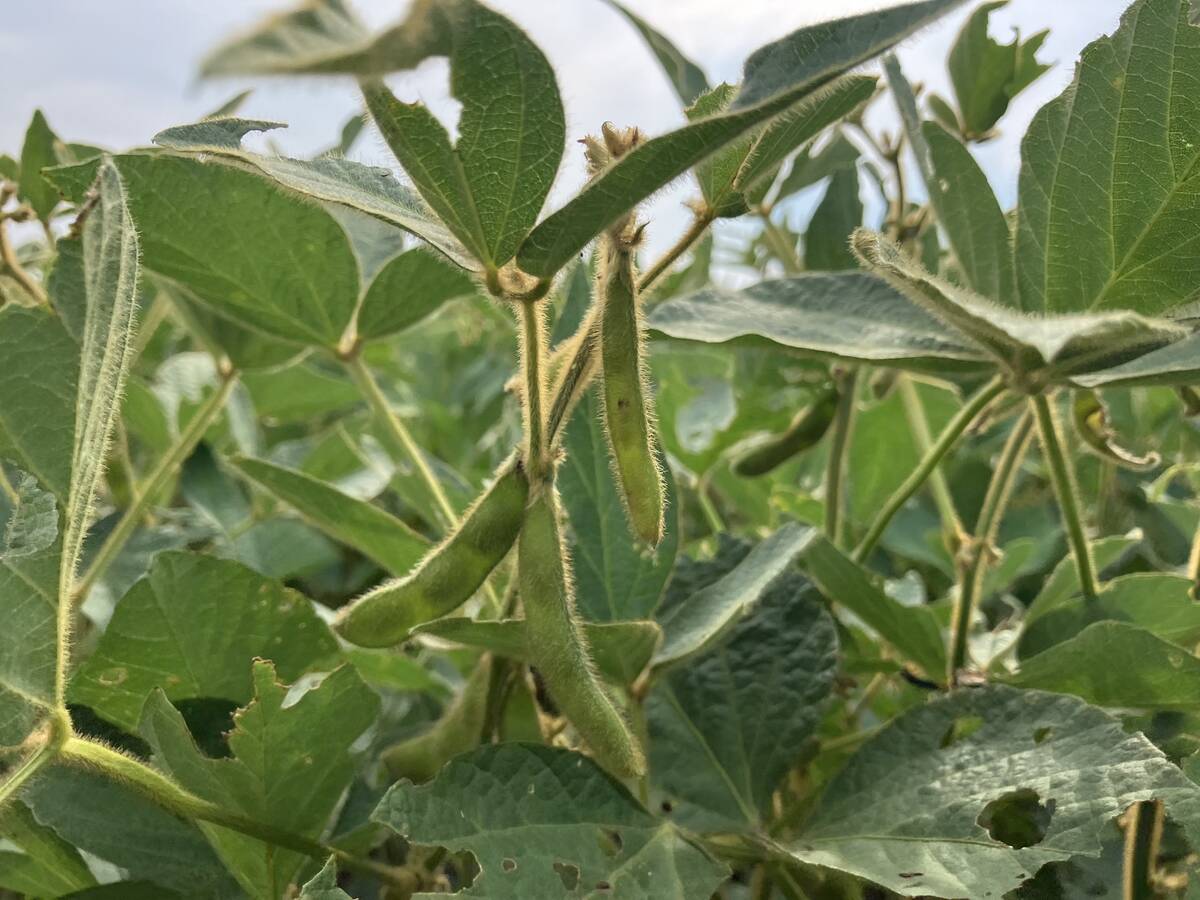
U.S. loses out on sales of soybean to China
U.S. soybean exporters risk missing out on billions of dollars worth of sales to China this year as trade talks drag on and buyers in the top oilseed importer lock in cargoes from Brazil.
Braden Konynenbelt, an agronomist with Complete Agronomic Services, asked Chau how to present his best practices and soil health measurements to producers in a positive way.
“That’s the big stigma right now in soil health, and how can I improve it? At the end of the day, economics always trumps agronomy. As an agronomist, I know that as a fact,” said Konynenbelt.
“Where do you take the soil health measurement and put it in your field and improve your soil health? Where does that come into long-term economics?”
For Chau, soil health improvements can go hand in hand with better economics, such as reduced input costs and increased yields.
“Have you improved your system? How you farmed or your parents farmed, you have that as a guide and a baseline of your soils when you broke the land. You are never going to go back to some of the forested systems (carbon sequestered in trees), you can’t expect that,” said Chau.
“Am I improving it now in a positive direction?”
Konynenbelt’s colleague, George Lubberts, a long time southern Alberta crop consultant, said a baseline is hard to establish because no one was testing when the soil was first broken for high-intensive agriculture.
Chau said the purpose of ecosystems is to produce something while finding a balance with best practice models.
“Yield should be one of the best measurements for soil health,” said Lubberts, who added that Chau is the first soil health expert he has heard talk about food yield as one of the indicators of strong soil health.
Yield ratios also apply to positive environmental indicators such as irrigation water use, energy use, greenhouse emissions, soil erosion and nutrient balance with nitrogen and phosphorous.
“You divide it all by the kilograms (of yield). The better your yield, the smaller all the other inputs are,” Michele Konschuh, an irrigated crop scientist at the University of Lethbridge, said during the field day.
“As soon as they offer an incentive, your economics change and a practice might be viable that wasn’t before. So you just can’t go by current price. For some of our producers, you can have a contract or you don’t have a contract. You can’t just look at the return you are getting right now because some of those practices, if you are moving in the right direction, your yield is better, your productive land is better, then someone (an agronomist) may change your economic story for you.”
Konynenbelt agreed with Konschuh’s assessment, but added it’s tough convincing farmers to embrace a five-year-down-the-road vision of increased production, when current production is considered solid, even without the extra soil health inputs.
“Their bottom line is on the line and that’s the difference, but those economics can be influenced by policy and by your consumer,” said Konschuh.





